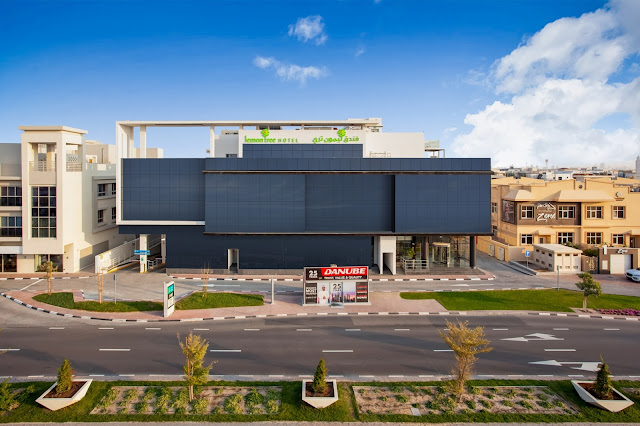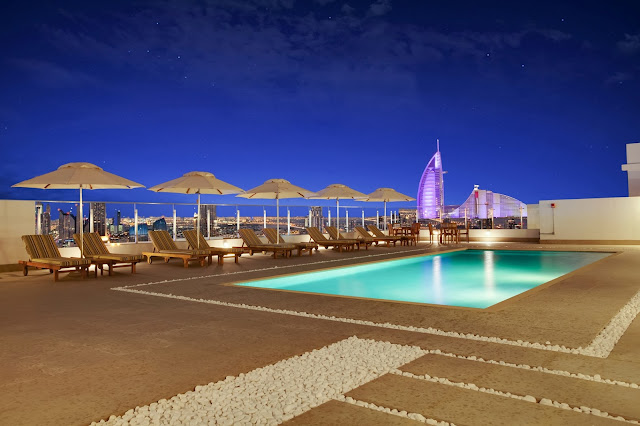Lemon Tree Hotels, one of India's leading hospitality firm in the mid-priced hotel accommodation segment, in partnership with Dubai's Al Waleed Real Estate LLC has entered the Middle East hospitality market. Through its management subsidiary Carnation Hotels, the BSE-listed hospitality chain has debuted in the international market with the launch of its first Lemon Tree Hotel in the United Arab Emirates (UAE).
According to Rattan Keswani, deputy managing director – Lemon Tree Hotels and director – Carnation Hotels, said, the UAE market holds immense business potential for the hotel chain and their's is the first branded mid-scale hotel in the area. "We have a locational advantage, with the hotel strategically situated close to famous destinations like Burj Al Arab, Kite beach and the Mall of Emirates, and are equidistant from Business Bay and JLT, the two major business districts of Dubai. Such is our proximity to the Burj Al Arab, that our guests can enjoy unhindered views of the iconic building from the pool deck, and even some of the rooms," said Keswani adding that the hotel company is hoping to have many more hotels in the region in the future.
Owned by Al Waleed Real Estate LLC, the hotels is located on Al Wasl Road and is within a kilometre from Sheikh Zayed Road and Jumeirah Open Beach. Featuring 114 guest rooms, the property boasts of a multi-cuisine restaurant, Lemon Tree Café, with al fresco extension, a conference room, a swimming pool, a well-equipped fitness center among other facilities.
The addition of this hotel, Keswani said, opens a new location for the brand, thereby increasing its appeal to existing and potential customers. "We are confident that our partnership will enjoy mutually beneficial results within a reasonable stabilisation period after the launch. The UAE and Gulf Cooperation Council (GCC) is a resilient market in the long term and we could foresee the need for a recognised mid-market hotel in the branded space," he said.
Ideal for business and leisure travellers, the hotel is a short 20-minute drive from Dubai International Airport and close to Dubai Internet City, Dubai Media City, Barsha Heights, and Knowledge Park. It is also well connected by road and air to the other Emirates, including Abu Dhabi, Ajman, Fujairah, Ras Al Khaimah, Sharjah and Umm Al Quwain.
(The writer is a Mumbai-based independent business journalist and has extensively covered diversified consumer businesses over the last two decades. He can be reached at hello@ashishktiwari.com)






















